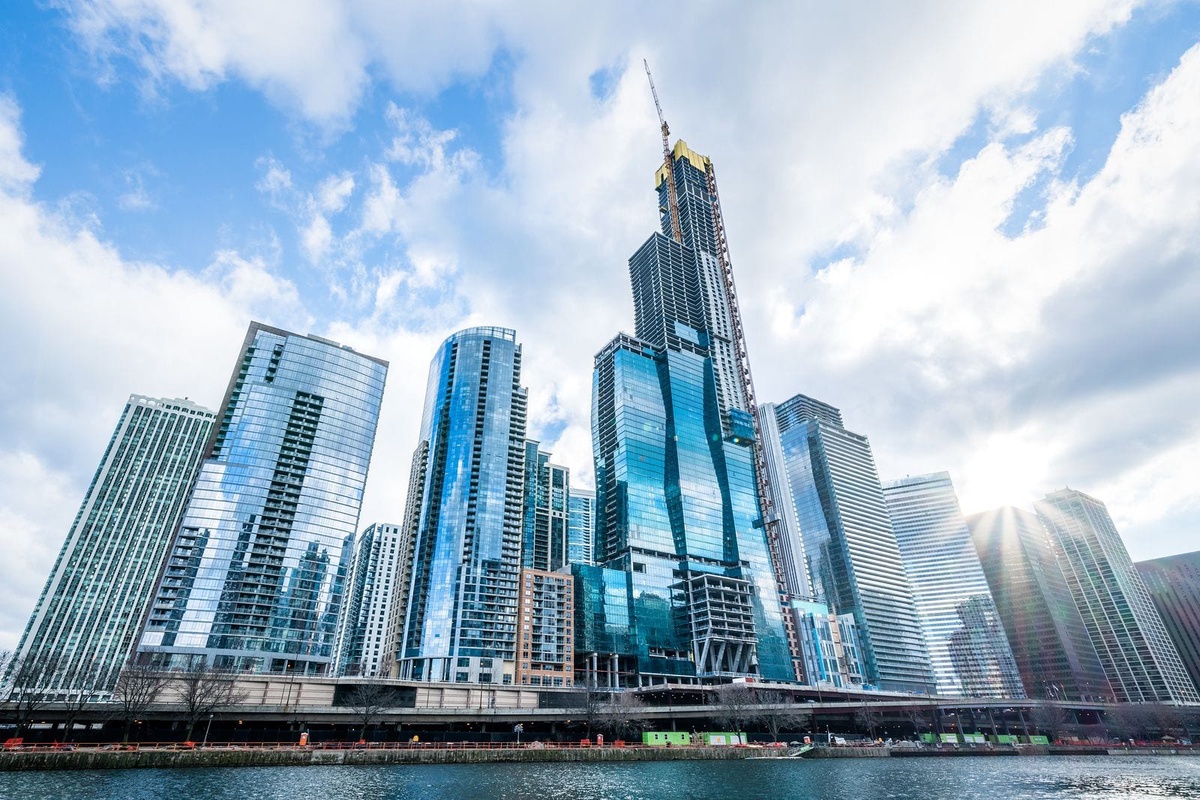Commercial real estate (CRE) stands as a cornerstone of economic activity, influencing the urban fabric and serving as a barometer for economic health. From towering office skyscrapers to bustling retail centers and sprawling industrial complexes, the CRE sector encompasses a diverse array of properties vital to commerce.
Navigating the business landscape of commercial real estate demands a nuanced understanding of market dynamics, investment strategies, and regulatory frameworks. Successful stakeholders in this sector leverage industry expertise, market intelligence, and strategic partnerships to capitalize on opportunities and mitigate risks.
Key Players and Dynamics:
-
Investors: Institutional investors, private equity firms, real estate investment trusts (REITs), and high-net-worth individuals form the backbone of CRE investment. These stakeholders seek to deploy capital into income-generating properties, aiming for long-term appreciation and cash flow.
-
Developers: CRE developers conceive, plan, and execute projects, ranging from ground-up developments to adaptive reuse initiatives. They navigate zoning regulations, secure financing, and manage construction to deliver properties that meet market demand and yield favorable returns.
-
Occupiers: Tenants, including businesses, retailers, and industrial users, constitute the demand side of the CRE market. Occupiers seek suitable space for their operations, considering factors such as location, accessibility, amenities, and lease terms.
-
Brokers and Agents: CRE brokers and agents facilitate transactions by connecting buyers with sellers, landlords with tenants, and developers with investors. They provide market expertise, negotiate deals, and facilitate due diligence processes to ensure successful outcomes for all parties involved.
Market Trends and Considerations:
-
Urbanization: Urban centers continue to attract investment and development activity, driven by population growth, employment opportunities, and lifestyle preferences. Mixed-use developments that integrate residential, commercial, and recreational components are gaining traction in urban markets.
-
Technology Adoption: Technology is transforming the CRE industry, revolutionizing processes related to property management, asset valuation, tenant engagement, and market analysis. Innovations such as virtual tours, predictive analytics, and smart building technologies enhance efficiency and transparency in the sector.
-
Sustainability: Environmental sustainability is increasingly prioritized in CRE development and operations. Green building certifications, energy-efficient design features, and sustainable practices contribute to cost savings, regulatory compliance, and enhanced marketability of properties.
-
Flexible Workspaces: The rise of remote work and the gig economy has fueled demand for flexible workspace solutions, including coworking spaces, shared offices, and on-demand meeting facilities. Providers of flexible workspace cater to the evolving needs of businesses and independent professionals seeking agility and cost-effectiveness.
Navigating the Evolving Landscape:
Successful navigation of the CRE business landscape requires a multi-faceted approach that integrates market analysis, financial modeling, risk management, and relationship-building. Stakeholders must stay abreast of market trends, regulatory changes, and technological advancements to capitalize on emerging opportunities and mitigate potential challenges.
Collaboration and strategic partnerships play a crucial role in CRE transactions, enabling stakeholders to leverage complementary expertise and resources for mutual benefit. By fostering a culture of innovation, adaptability, and sustainability, participants in the CRE sector can position themselves for long-term success in a dynamic and competitive marketplace.
In conclusion, commercial real estate presents a diverse array of opportunities and challenges for stakeholders across the investment, development, and occupancy spectrum. By understanding market dynamics, embracing technological innovation, and fostering strategic partnerships, industry participants can navigate the CRE business landscape with confidence and achieve their objectives in an ever-evolving marketplace.
For More Click on https://www.dannyweiss.net/


No comments yet